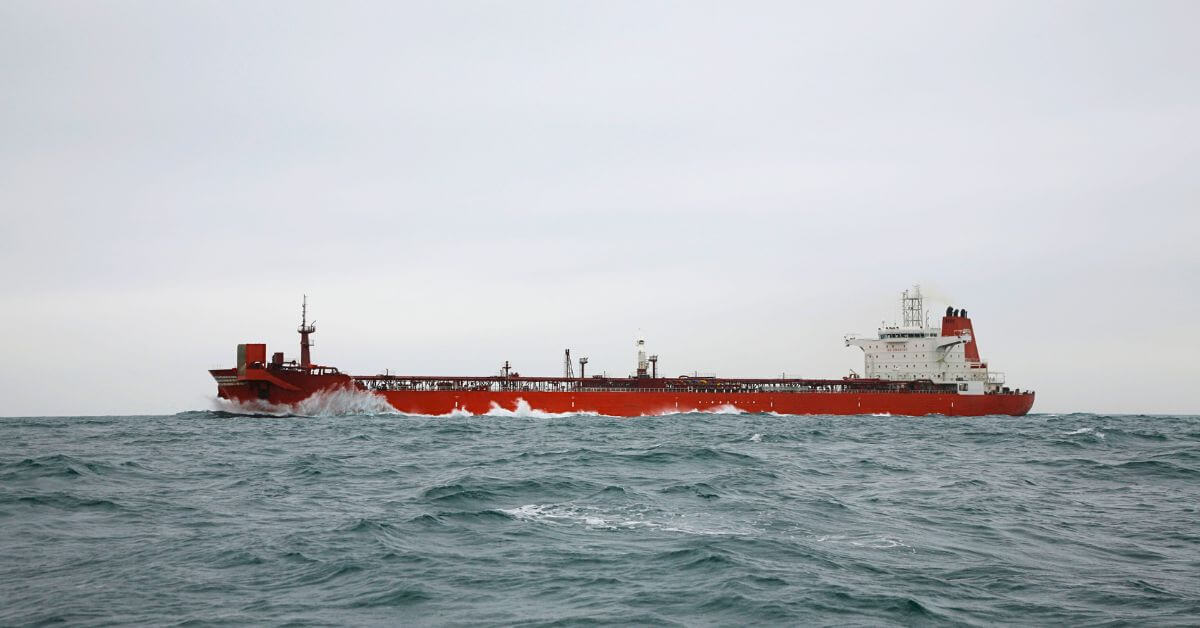A decision by the California Energy Commission (CEC) to approve US $42.8M to improve port facilities for offshore wind has been welcomed Offshore Wind California
In a statement, Offshore Wind California executive director Adam Stern said, “We commend the California Energy Commission for its final approval of US$42.8M in AB 209 grants to improve waterfront facilities at state ports for floating offshore wind projects.
“This is good news for Californian workers and residents who will benefit from gigawatts of reliable, clean offshore wind power. These grants, drawn from US$228.2M state lawmakers passed last month as a first instalment of Proposition 4 funding voters approved last fall, are a welcome milestone for deploying floating turbines 32-48 km off California’s coast.
“California is demonstrating its continued determination to be a clean-energy leader, despite federal headwinds. This action is another important proof point of California’s progress and commitment to move forward on offshore wind – to strengthen its energy security and independence, spur a hub for floating technology and jobs, and help secure the state’s path to 100% clean electricity by 2045.”
The AB 209 awards approved by the CEC for California ports include US$20.0M for Port of Long Beach to support planning, engineering, environmental assessments, and community engagement of Pier Wind, for the port’s proposed 400-acre offshore wind terminal.
Also included was US$18.3M for Humboldt Bay Harbor to advance the design of the Humboldt Bay Offshore Wind Heavy Lift Terminal, including planning, engineering and community engagement. US$3.0M was approved for Port San Luis Harbor to build on feasibility efforts led by the port to become an operation and maintenance terminal for offshore wind; US$750,000 was approved for Port of Oakland to conduct a technical feasibility assessment for redevelopment at the port to improve site readiness for offshore wind supply chain and logistics operations; and US$750,000 was approved for Port of Richmond to study potential sites at the Port for offshore wind infrastructure.
Offshore Wind California said the new AB 209 grants and continuing investments from Proposition 4 are “important down payments” that will catalyse public and private funding, create new jobs, and implement the multi-port strategy needed to secure California’s leadership in offshore wind. They will play a vital role in helping to advance ongoing efforts by the Port of Long Beach, Humboldt Harbour District, and other ports called for in the AB 525 strategic plan.
“For the next three years, California has much of what it needs to continue advancing offshore wind – on ports, transmission, and more,” said Mr Stern. “Offshore wind will be vital to help the state achieve its climate, clean-energy, and grid-reliability goals, and has bipartisan backing from 75% of California adults in a recent survey by the Public Policy Institute of California. It will complement solar, storage, and onshore wind as a part of the state’s diverse clean-power portfolio, and help meet rising electricity demand from data centres, AI, and our energy transition.”
In the last 12 months, California has made important strides on the essential next steps to bring offshore wind online. Most notable were the California Energy Commission’s adoption of the AB 525 strategic plan, with its road map to begin deploying offshore wind at California’s five lease areas that will be able to generate an initial 7-10 GW. The state’s long-term goal is 25 GW by 2045. The California Public Utilities Commission also set a target for the state to procure up to 7.6 GW offshore wind by 2035-37. And last November, state voters approved Proposition 4, the US$10Vn climate bond including US$475M to upgrade ports for offshore wind.





